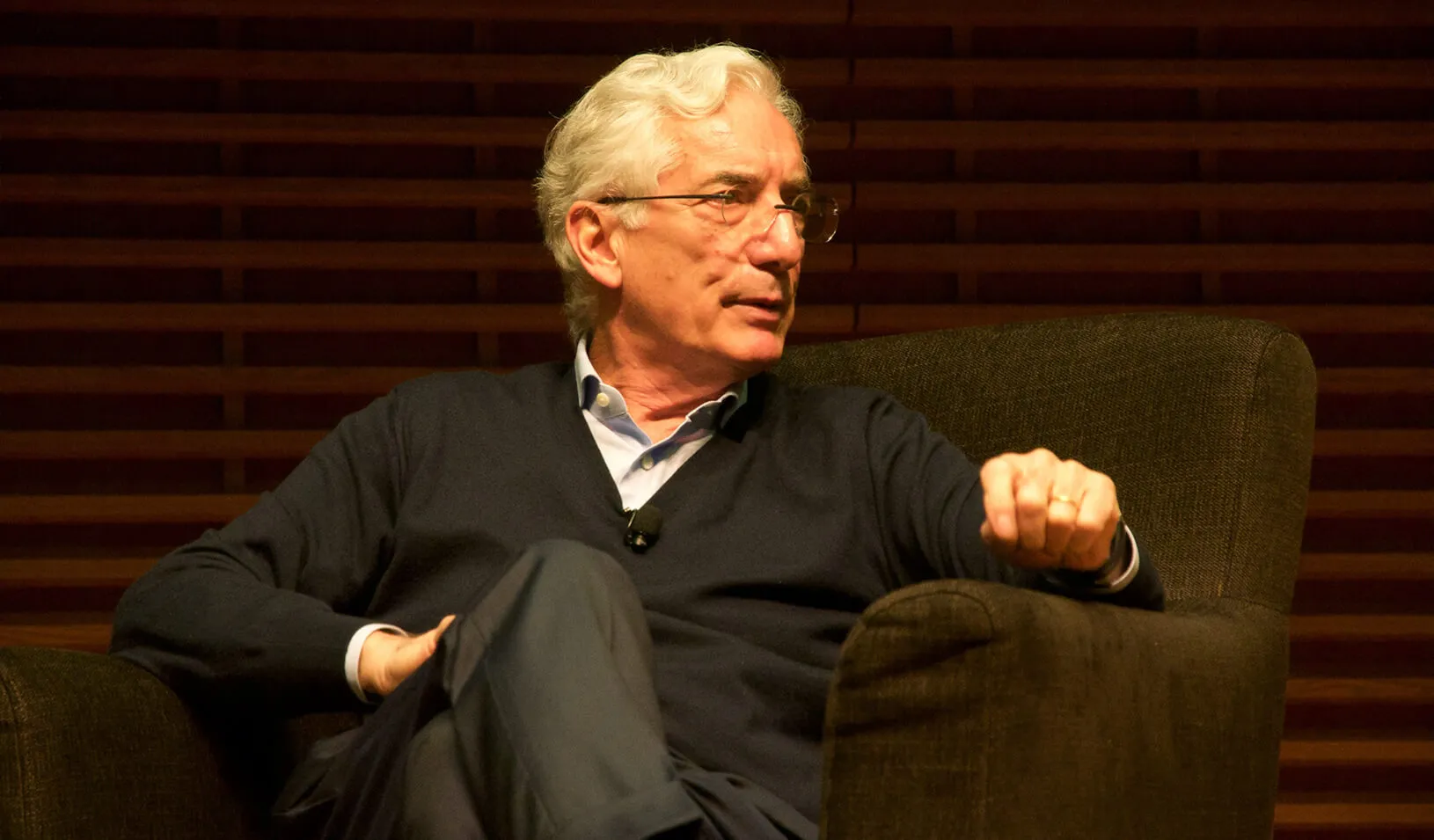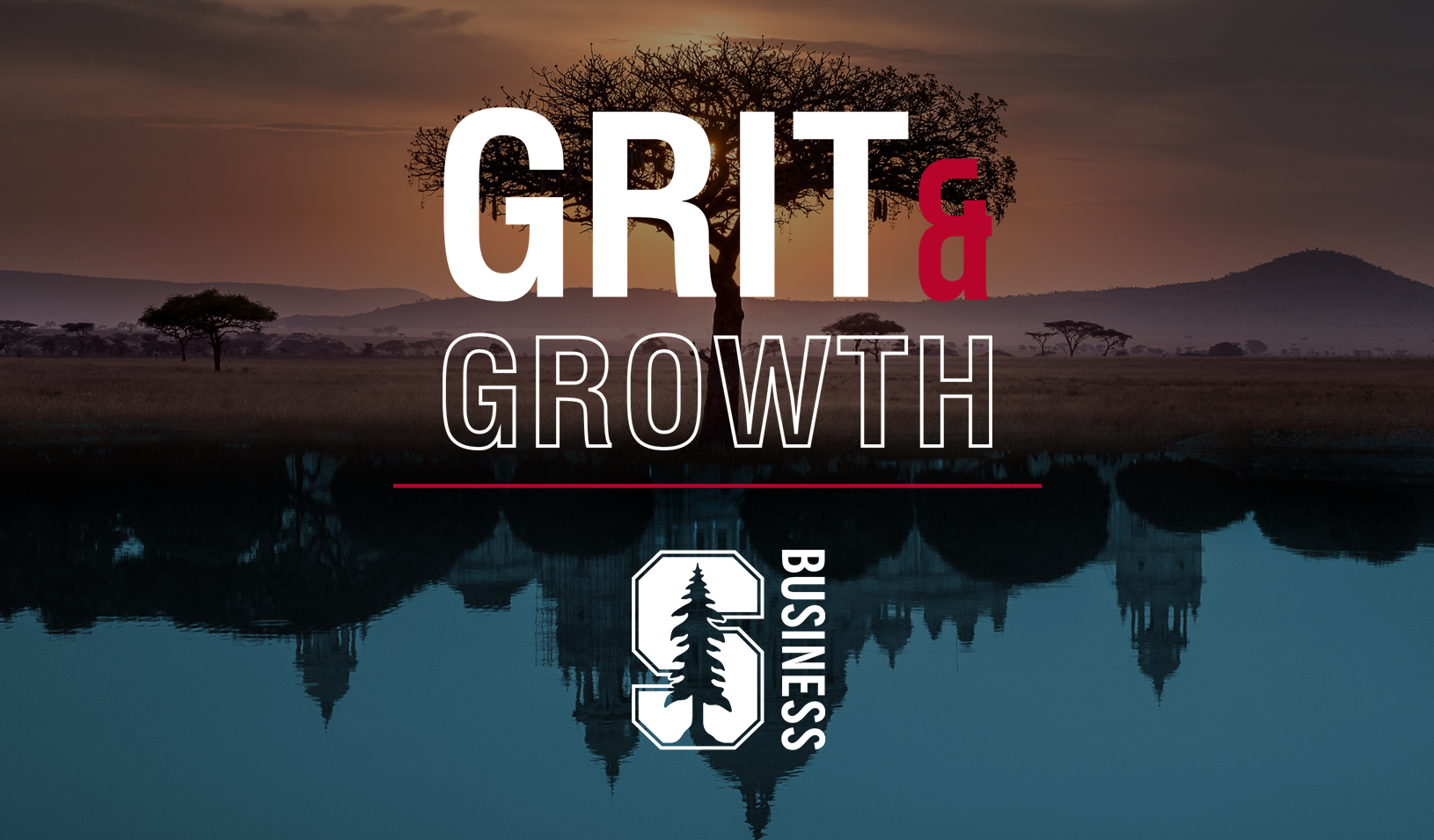How to Connect Social Entrepreneurs to Capital
Impact investing pioneer Sir Ronald Cohen explains how social benefit companies can change the world and still make money.
March 21, 2016

Sir Ronald Cohen: “If you want to attract the greatest talent, you have to elevate the goals.” | Natalie White
Charitable investments in public health are usually aimed at things like eradicating malaria or reducing infant mortality, and they generally target communities in the developing world. But Sir Ronald Cohen, a pioneer developer of profit-making “impact investing,” founded a series of low-cost gyms in the U.K. designed to improve the health and fitness of low-income people who can’t afford the high price of most fitness centers.
The Gym Group is one of many socially focused investments made by Cohen, who founded Apax Partners, the largest venture capital firm in the U.K. The Egyptian-born entrepreneur pioneered the use of social impact bonds and co-founded Bridges Ventures, which manages nearly $900 million across eight funds devoted to social investing. “Impact investing has provided layers of capital for not-for-profits. The purpose of it was to connect social entrepreneurs to the capital markets, and we’ve done that,” he said during a discussion with Stanford Graduate School of Business students.
Bridges has invested in a wide variety of socially focused projects, including a sustainable energy company, a community pharmacy group, and a home health care business, that have served as models for entrepreneurs in other countries. Here are insights of impact investing that Cohen shared during a Global Speaker Series session on Feb. 22.
Governments Are Overwhelmed
Governments across the world are throwing up their hands when they see the “yawning gap” between the need for social services and their ability to pay for them, Cohen said. “We’re beginning to see governments across the world saying, ‘We can’t cope. We need money from the capital markets.’” Venture capital, he said, was a response to the needs of tech entrepreneurs: “Why can’t we find a similar response to the needs of social entrepreneurs who are motivated by empathy to help others?”
Social Impact Can Be Measured
Forty or so years ago, businesses began to embrace management by objective, which led to the use of dashboards and key performance indicators, Cohen said. He and his colleagues realized that social progress could be quantified as well. “Measurement is actually central to tackling social and environmental issues,” he said.
In 2010, Cohen learned that more than 60% of prisoners incarcerated before the age of 21 in Britain go back to prison within 18 months. Cohen’s staff came up with the idea of linking a reduction in the percentage of people returning to prison to a financial return. “I said, ‘Wow. That is the key to the capital markets for social entrepreneurs,’” he said. By 2014, the number of inmates returning to Peterborough Prison, the site of a pilot program funded by the impact bonds, had dropped by 8.4%.
Social Impact Bonds Are Key
A social impact bond, or SIB, is a contract with the public sector in which a commitment is made to pay for improved social outcomes that result in public sector savings. If the program funded by the bond meets agreed-upon metrics, the government repays the principle plus interest to the investors. The first one was issued in 2010 by Social Finance Ltd., a company co-founded by Cohen that partners with the public and private sector to help finance social change. “The social impact bond brought us to the realization that measurement is actually central to tackling social and environmental issues, and that you can connect it to a financial return and access the capital markets,” he said. The success of the early social impact bonds prompted the British government in March 2015 to announced seven new SIBs, bringing the total in that country to 31.
Social Return on Investment
The costs associated with impact bonds are a fraction of the savings realized by the government, argues Cohen. Investors in the bond aimed at reducing recidivism, for example, will earn 7%, which will be roughly one-third of the cost of housing the those prisoners in jail, Cohen estimates.
A program in Scotland sponsored by Impact Arts that aimed to reduce the isolation of older people and teach them new skills costs £1,170 of investment per older person per year. But the avoided costs to the health service and other agencies amounted to £7,155 per person, according to Social Impact Scotland. Benefits from the point of view of Britain’s health service included reduced levels of smoking, a lessening of depression, and fewer visits to the doctor by participants in the program.
How to Attract Talent
Values are changing, and being in business just for the money will not be popular in the future, Cohen said. Businesses that offer young people a chance to make social change will be able to recruit the most talented employees. “Already if you want to attract the greatest talent in places like McKinsey and elsewhere, you have to elevate the goals. You have to give the opportunity to entrants to do things that are going to improve society,” he said.
For media inquiries, visit the Newsroom.
Explore More

Flashback: Raising Capital in Africa, It’s Not Just About the Money

Quick Study: How to Think Like a Venture Capitalist



